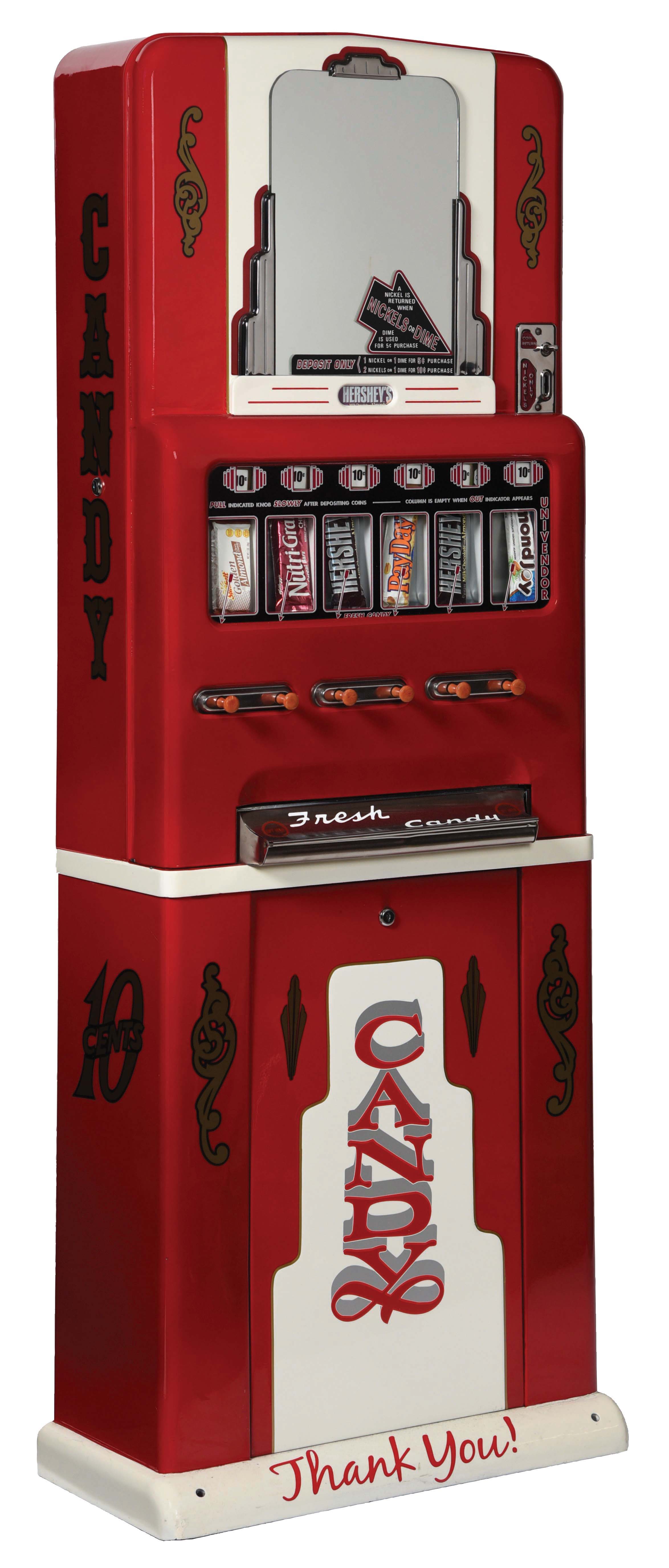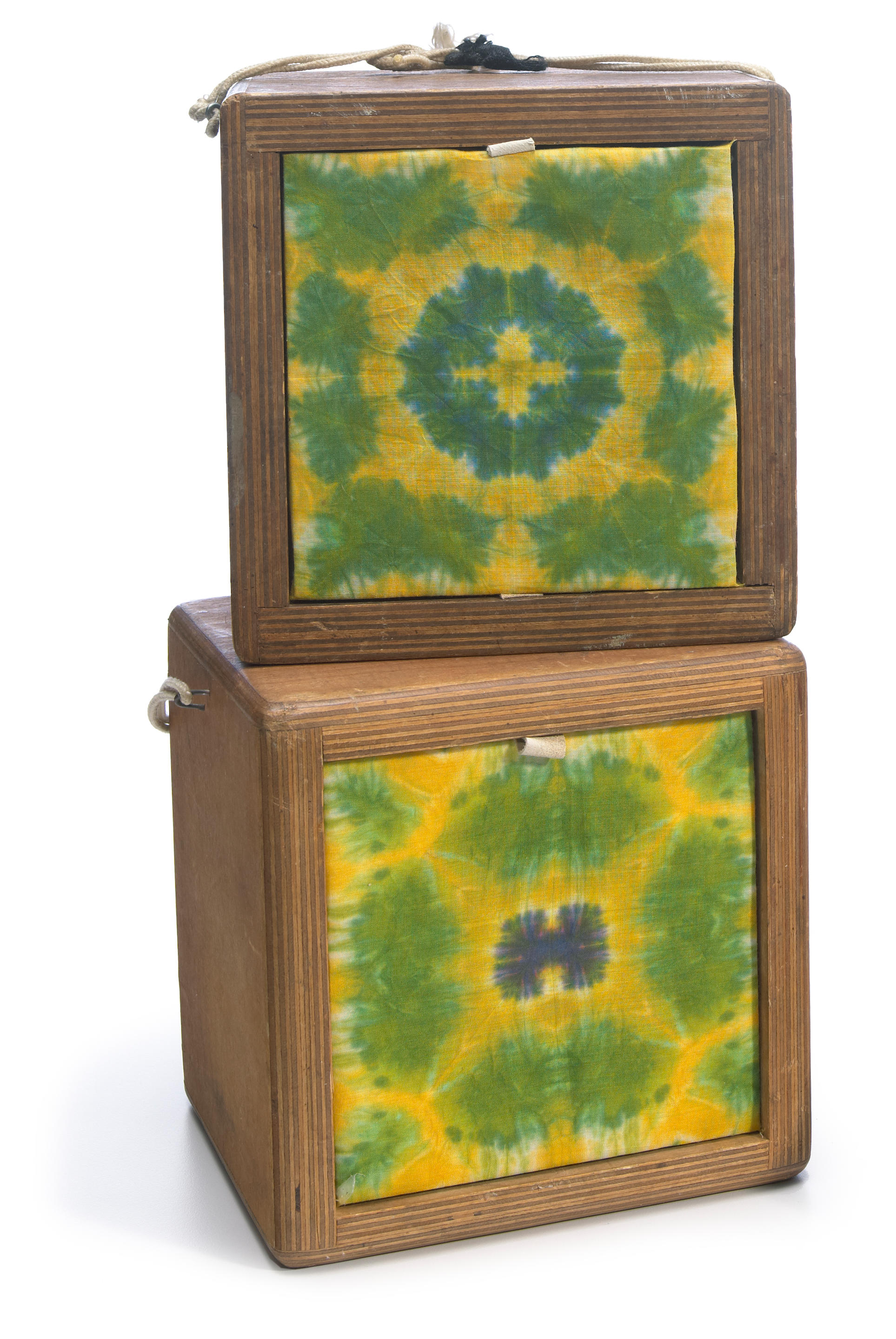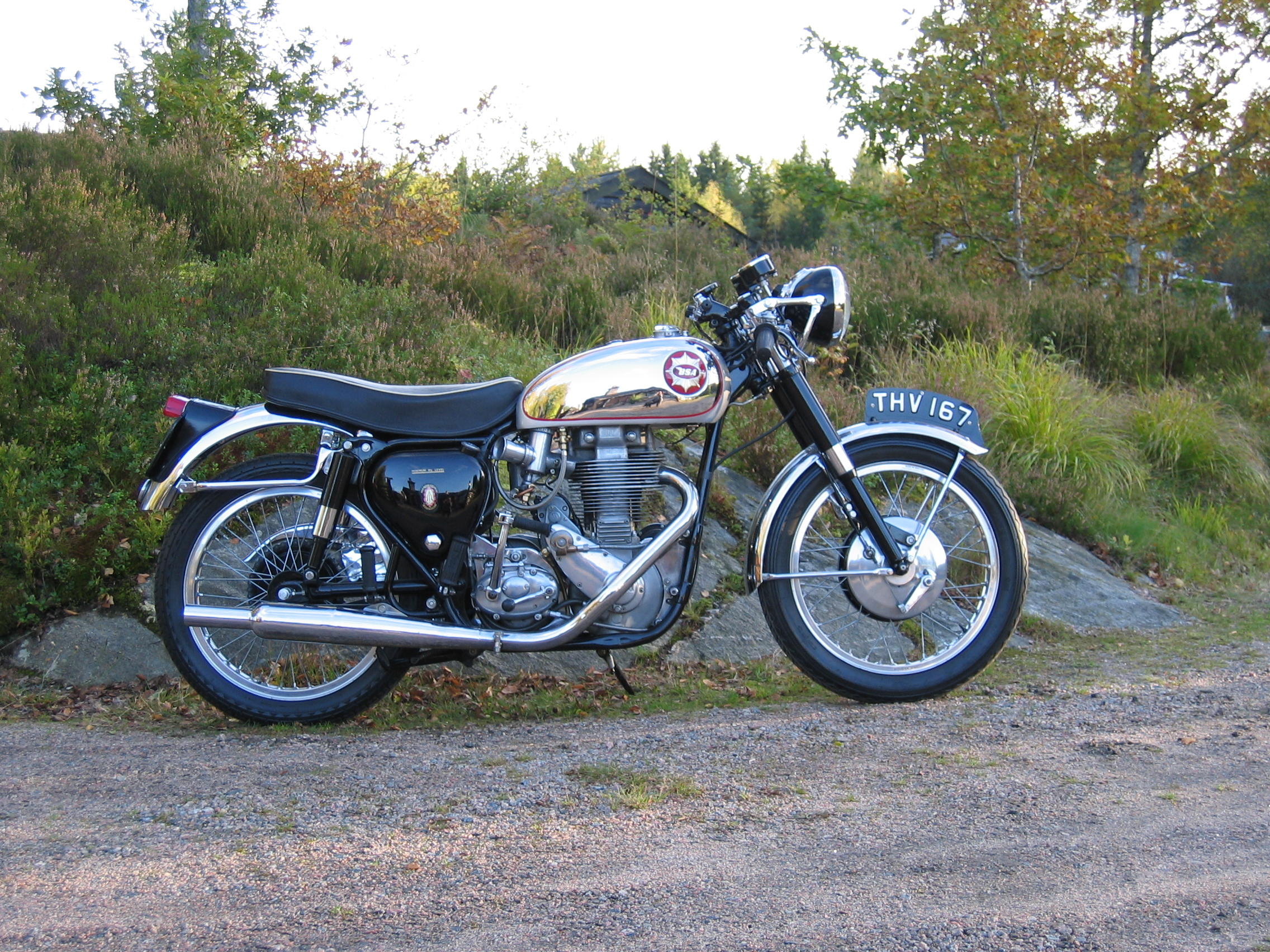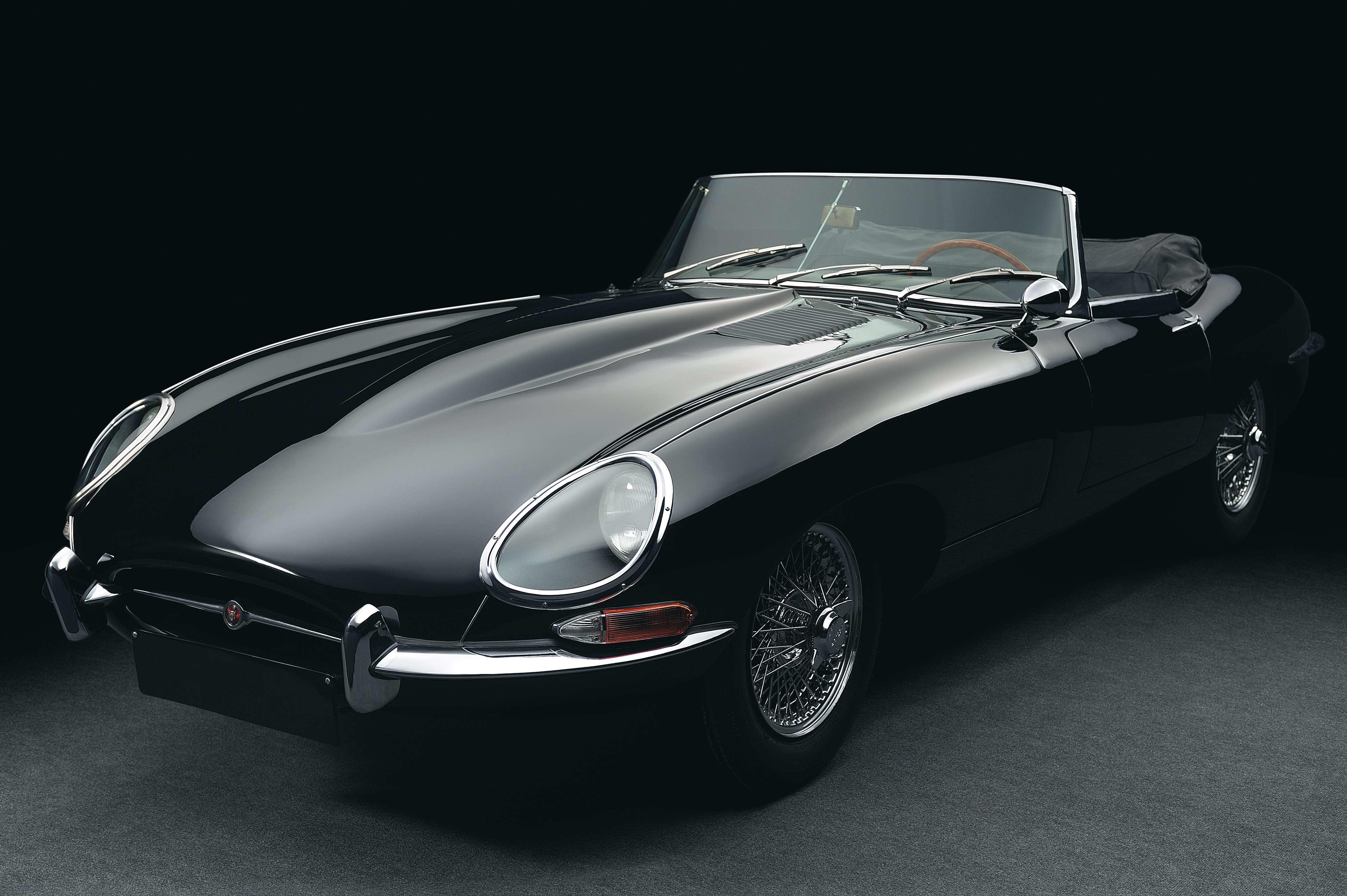• Extensive history file • Recent restoration Sunbeams are a rare sight at any gathering of classic bikes in the U.S., especially those models produced before World War II. The first Sunbeam motorcycle, a 350cc sidevalve single, left the Wolverhampton premises of John Marston Ltd. in 1912 – the firm previously known as a manufacturer of the finest quality enameled goods, then bicycles and automobiles. Designed by Harry Stevens (later to found AJS) the 2¾hp Sunbeam was equipped with a two-speed countershaft gearbox and fully enclosed all-chain drive, proving an instant success in an era when the norm was hub gears and belt drive. Like Marston's other products, his motorcycles soon established a reputation for sound construction and exemplary finish. The marque quickly proved its sporting prowess, achieving second place in the 1914 Isle of Man Senior TT, later winning the 1920 race. Overhead-valve engines were introduced in the mid-1920s but successes continued with sidevalve-engined machines, most notably the 500cc "Longstroke," which secured a debut win at the 1921 French Grand Prix ridden by Alec Bennett. In road-going form this remarkable powerplant remained in production right up until WWII. The Sunbeam-designed engine developed 3½hp, and worked through a three-speed gearbox actuated by a hand shifter. Both primary and final drive chains ran enclosed in Sunbeam's "Little Oil Bath" cases, assuring that the chains remained clean and well lubricated – as well as keeping oil sling and debris off the rider, supporting the "Gentleman's Machine" nickname often applied to Sunbeams. Certainly, the top-quality fit and finish of the motorcycles from the original days was still a hallmark, with high-gloss black paint and goldleaf striping on the fuel tank, itself simply and proudly adorned with "The Sunbeam" logo on its sides. This 1925 Sunbeam 500 is the so-called Light Solo model, differentiated from more pedestrian sidecar-tugging versions by its lighter weight, higher performance and fitment of footpegs rather than floorboards. Numbers-verified by the Marston Sunbeam Club, the all-original machine was purchased by the vendor in 2015, not having run in 50 years. A complete, frame-up restoration to high concours level was initiated, leaving no component untouched. Engine and gearbox were thoroughly overhauled, the original magneto was renewed, the original Amac carburetor was rebuilt and resleeved, and all bright parts were newly nickel-plated. Because lighting and the attendant electrics were still optional at the time, the restoration took the bike back to its as-delivered form, without those items. Capping the restoration is an original 1920s Desmo bulb-type horn atop the handlebars. The rebuild was completed in 2017, culminating in 100 shakedown miles logged. An extensive file with the Sunbeam's history, restoration details and club certification paperwork is included in the sale.
• Extensive history file • Recent restoration Sunbeams are a rare sight at any gathering of classic bikes in the U.S., especially those models produced before World War II. The first Sunbeam motorcycle, a 350cc sidevalve single, left the Wolverhampton premises of John Marston Ltd. in 1912 – the firm previously known as a manufacturer of the finest quality enameled goods, then bicycles and automobiles. Designed by Harry Stevens (later to found AJS) the 2¾hp Sunbeam was equipped with a two-speed countershaft gearbox and fully enclosed all-chain drive, proving an instant success in an era when the norm was hub gears and belt drive. Like Marston's other products, his motorcycles soon established a reputation for sound construction and exemplary finish. The marque quickly proved its sporting prowess, achieving second place in the 1914 Isle of Man Senior TT, later winning the 1920 race. Overhead-valve engines were introduced in the mid-1920s but successes continued with sidevalve-engined machines, most notably the 500cc "Longstroke," which secured a debut win at the 1921 French Grand Prix ridden by Alec Bennett. In road-going form this remarkable powerplant remained in production right up until WWII. The Sunbeam-designed engine developed 3½hp, and worked through a three-speed gearbox actuated by a hand shifter. Both primary and final drive chains ran enclosed in Sunbeam's "Little Oil Bath" cases, assuring that the chains remained clean and well lubricated – as well as keeping oil sling and debris off the rider, supporting the "Gentleman's Machine" nickname often applied to Sunbeams. Certainly, the top-quality fit and finish of the motorcycles from the original days was still a hallmark, with high-gloss black paint and goldleaf striping on the fuel tank, itself simply and proudly adorned with "The Sunbeam" logo on its sides. This 1925 Sunbeam 500 is the so-called Light Solo model, differentiated from more pedestrian sidecar-tugging versions by its lighter weight, higher performance and fitment of footpegs rather than floorboards. Numbers-verified by the Marston Sunbeam Club, the all-original machine was purchased by the vendor in 2015, not having run in 50 years. A complete, frame-up restoration to high concours level was initiated, leaving no component untouched. Engine and gearbox were thoroughly overhauled, the original magneto was renewed, the original Amac carburetor was rebuilt and resleeved, and all bright parts were newly nickel-plated. Because lighting and the attendant electrics were still optional at the time, the restoration took the bike back to its as-delivered form, without those items. Capping the restoration is an original 1920s Desmo bulb-type horn atop the handlebars. The rebuild was completed in 2017, culminating in 100 shakedown miles logged. An extensive file with the Sunbeam's history, restoration details and club certification paperwork is included in the sale.













Try LotSearch and its premium features for 7 days - without any costs!
Be notified automatically about new items in upcoming auctions.
Create an alert